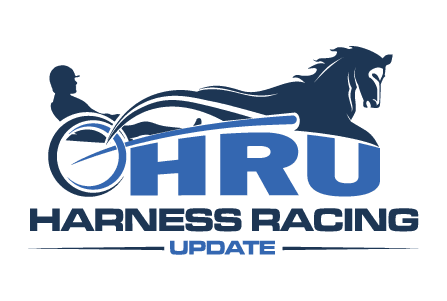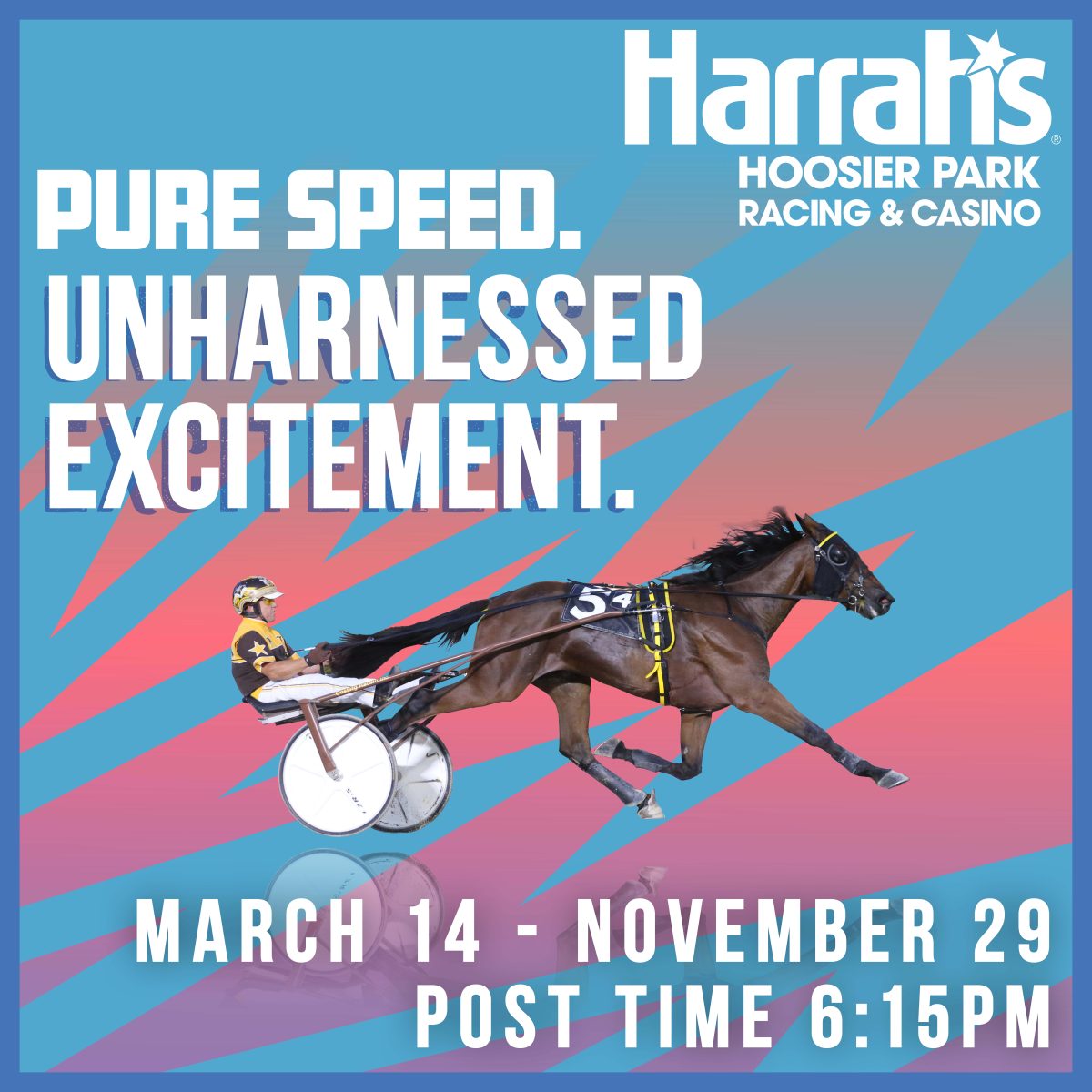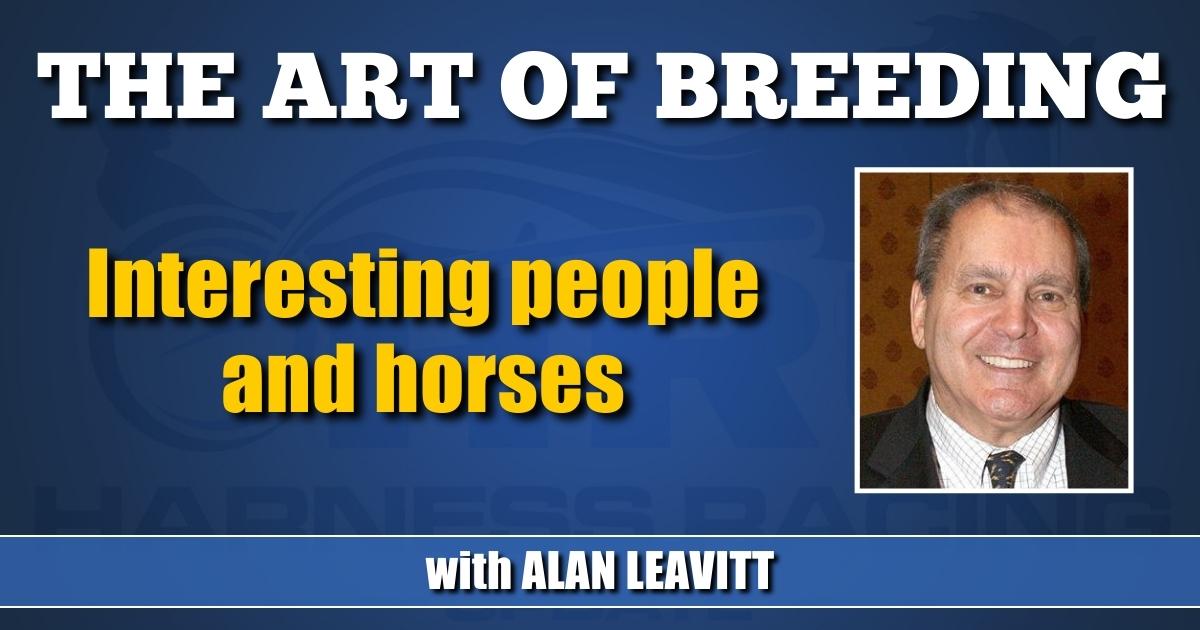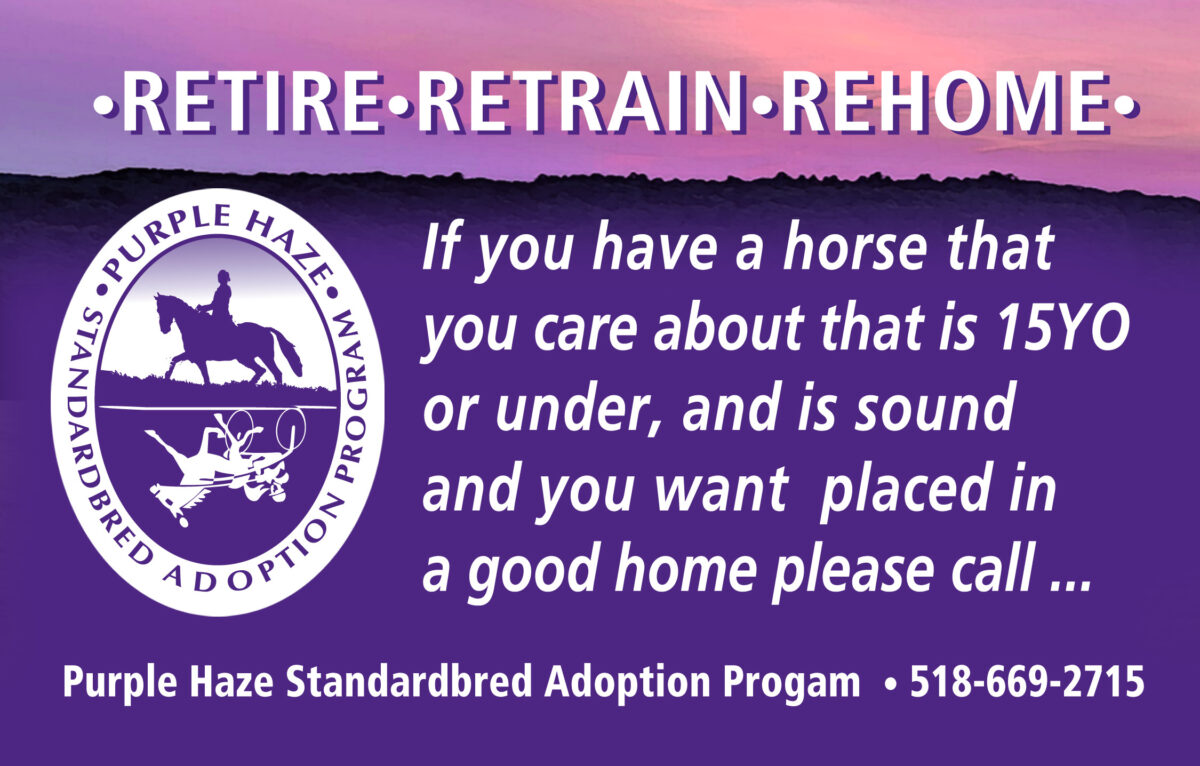Interesting people and horses
by Alan Leavitt
It was a pleasant surprise to hear from Trey Nosrac, who recently wrote about his breeding philosophies in his HRU column Breaking Stride (full story here).
Nosrac owns a young trotting mare named Imagine Her Reign, who’s by Uncle Peter and out of Margie, by Angus Hall. His question was about my thoughts on breeding her to Volstead. Nosrac is a Francophile, and he was drawn to Volstead under the impression that the horse was somehow French-connected. (If that’s a possible condition that doesn’t involve a large quantity of drugs and Gene Hackman).
Actually, Volstead is strictly an American-bred horse, by Cantab Hall, and out of Madame Volo, by Yankee Glide. He did, however, spend his entire racing career in Sweden, where he won $729,716 in U.S. dollars, and took a record of 1:51.3. He is now standing at Dublin Valley Farm in Ohio.
Volstead seems not to have done any racing at 2, which is probably not that unusual in Sweden. However, that means that there is no way of applying Federico Tesio’s, and my, basic standard of 2-year-old brilliance when appraising a stallion’s future sire potential.
In this case, I’m inclined to give the horse the benefit of the doubt, and for the moment, not hold his lack of 2-year-old racing against him. After all, he didn’t make the decision to be born in Sweden.
What you have when you cross Volstead on Imagine Her Reign is a 2 by 3 cross to Cantab Hall. Parenthetically, the Cantab name derives from the word Cantabrigian, meaning a resident of Cambridge, hence Cantab. That also happens to be the location of Harvard, so all Harvard men and women, good and true, are also Cantabs.
I told Nosrac to breed his mare to Volstead. With a broodmare band of one, the only way to swing for the stars is through judicious inbreeding. Cantab Hall was a great racehorse, and I know for a fact, as his breeder, that he is big, good looking, and perfectly correct. Not to mention one of the more successful stallions of the present day.
Based on Cantab’s success in the stud, I assume his genetic profile, if it were visible, would show a very high card for his speed gene. In case you forgot, I compare the genetic makeup of any horse to a deck of playing cards, with a low of two and a high card of ace.
With a top sire like Cantab, his genetic deck, as far as the speed gene is concerned, probably starts with a 10, and goes up from there. At the moment of conception, the sire and dam each contribute 50 per cent to their foal’s genetic inheritance, and they’re blended to create the foal’s genetic profile.
Although they each contribute 50 per cent, what they contribute can be totally different from each other’s. If Cantab should come up with a face card, and Imagine Her Reign contributes a card from the middle of the deck, that foal will be above average in speed inheritance. And if she comes up with, say, an eight, or a nine, Nosrac will have a black type stakes contender.
There can also be something else at work here, which I admit I don’t fully understand. Some great sires, and I put Cantab in that class, have some inexplicable ability to call out the highest possible speed gene from the mares to which they’re bred. When you look at the high percentage of fast horses a sire like Cantab gets, it’s clear something is causing his mares to also come up with a high card speed gene.
In my own lifetime, I saw this phenomenon time after time with Garland Lobell. He improved the production of every mare he was bred to. My dear friend Lina Alm told me that she had heard that Steady Beau, a pacing sire from the Ming Dynasty, always improved every mare he was bred to. So it happens, but while it’s a phenomenon I can note, I can’t explain it.
A flashy ad for a pacing horse called Rodeo Romeo also caught my eye, and I compulsively ran his five generation pedigree. R² is by Rocknroll Hanover, and out of Southwind Vanna, by Artsplace. I’m not here to write an ad for any stallion, but R² has an interesting pedigree.
He’s 3 by 4 by 4 to Abercrombie, 3 by 4 to Western Hanover, and 3 by 4 to Direct Scooter. What these numbers mean, in case it slipped your mind, is this;
When the sum of the generations in which the same name appears is six or less, that is designated inbreeding. When the sum of the generations is seven or eight, that is linebreeding. Anything higher than eight is an outcross.
Some of the names in R squared’s fifth generation stir memories. Southwind Vanna’s fifth dam is Jambo Belle. Jambo was the nom de cours of Bert James, who played a prominent role as a breeder in days of yore. Jambo Belle was one of the prizes in the package the Armstrong Brothers and I bought from Bert. It also included Voodoo Hanover, the dam of Albatross, and Maryellen Hanover, who went on to be one of the great matrons of the modern era.
Golden Miss, the 4th dam of Rocknroll Hanover, was Bill Shehan’s first broodmare. Shehan was a very smart breeder, and with limited resources originally, he collected a powerful band of mares. Shehan was frequently involved with Francis McKinzie, as I was, also.
McKinzie told me that he advised Shehan not to pay the asking price of $10,000 for Golden Miss, telling him that by the next spring he could buy her for $7,500. Those were significant amounts in our early days. Shehan ignored Francis, and paid the $10,000 asking price. The mare went on to become a foundation pacing mare.
There were giants in those days, and this Cantab was lucky to have known them. And, on that subject, i.e. Cambridge, don’t forget what they say about Cantabs;
“You can tell a Harvard man, but you can’t tell him much.”
Present company excepted, I hope.















